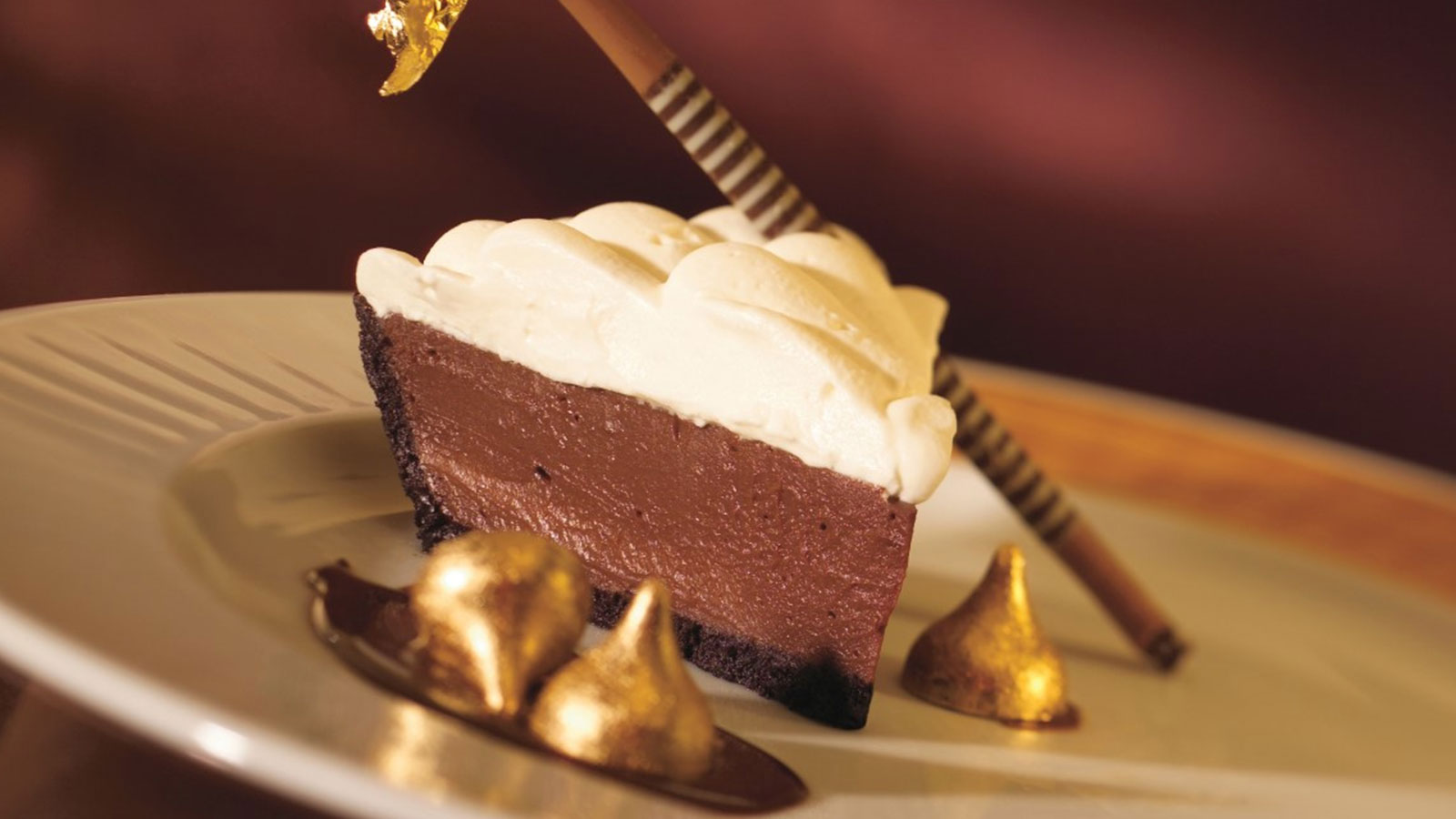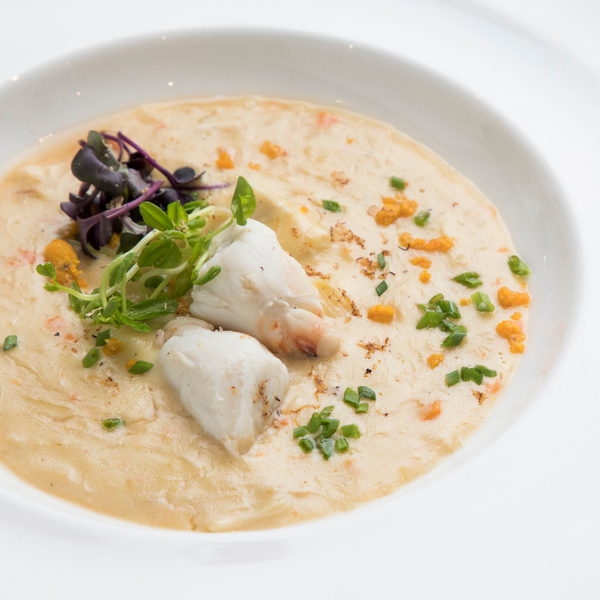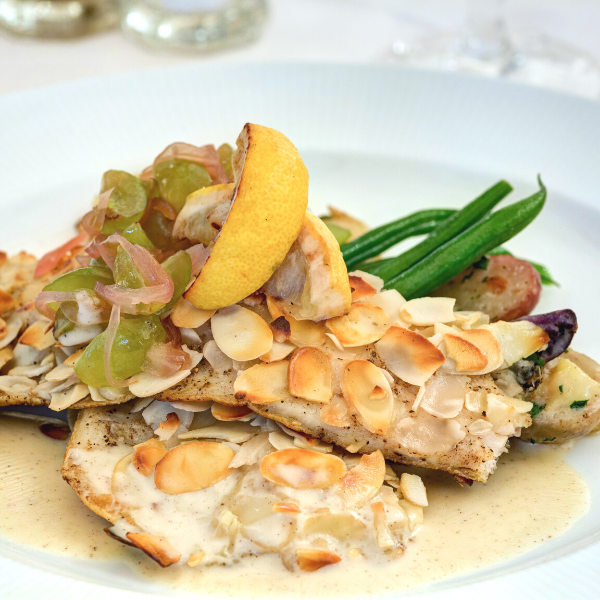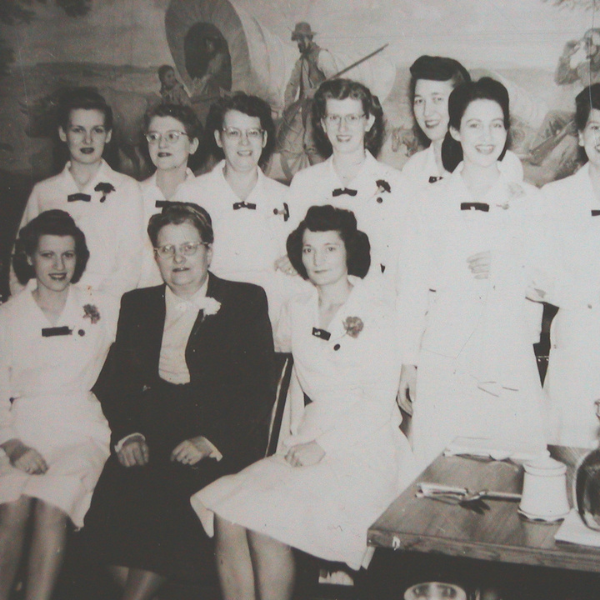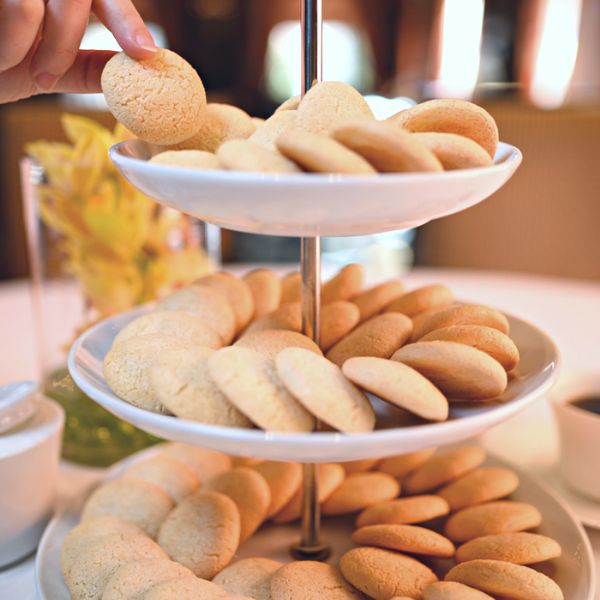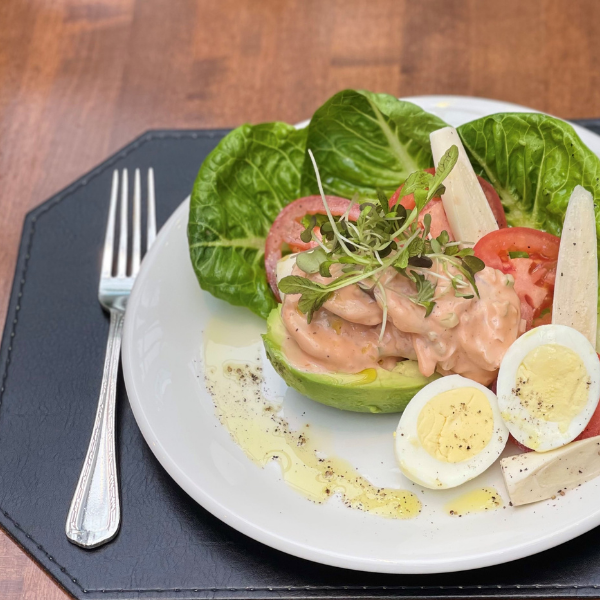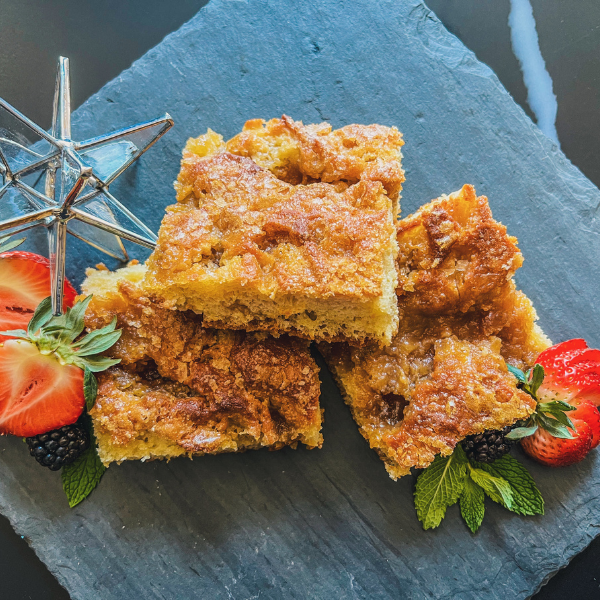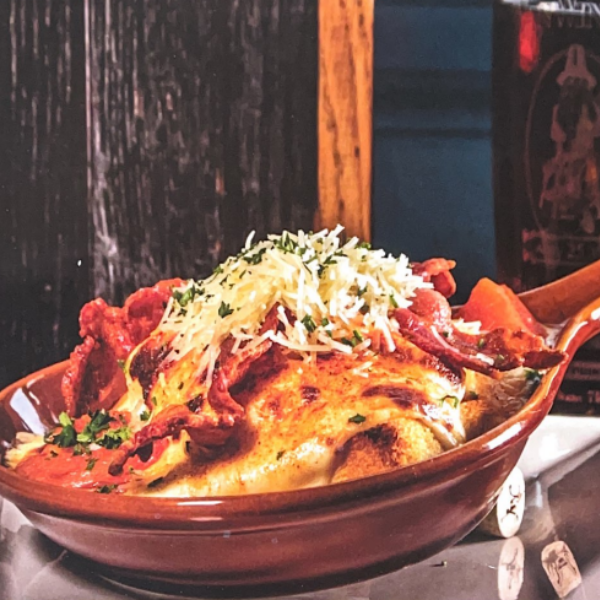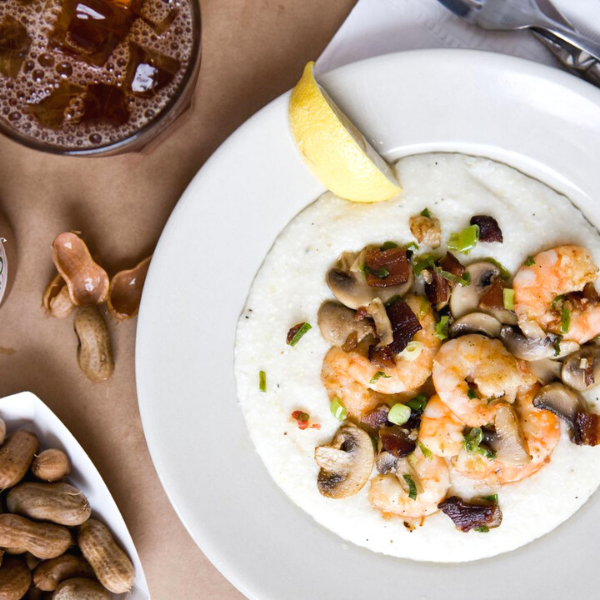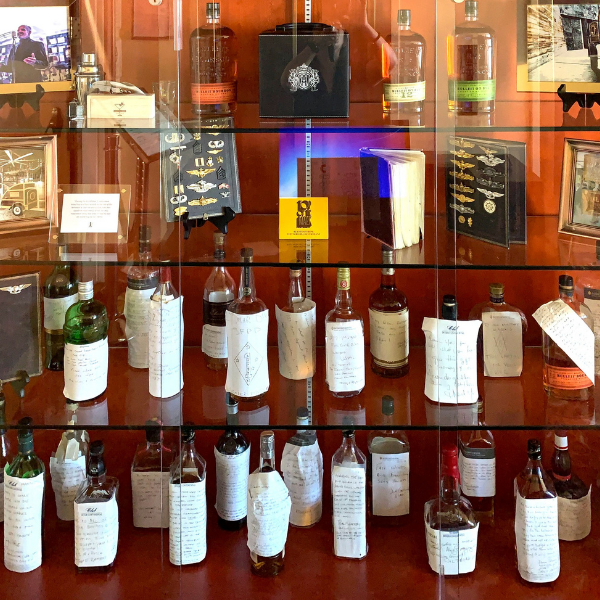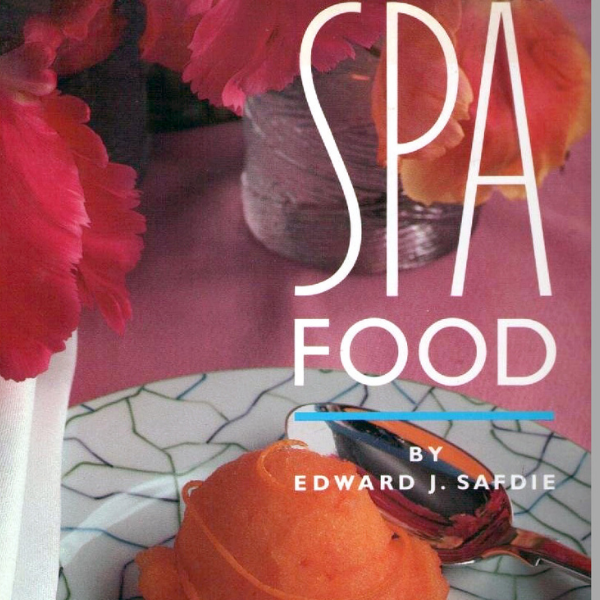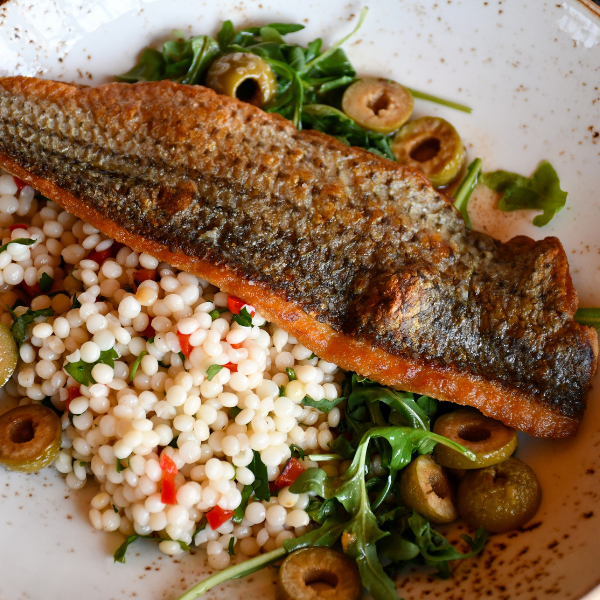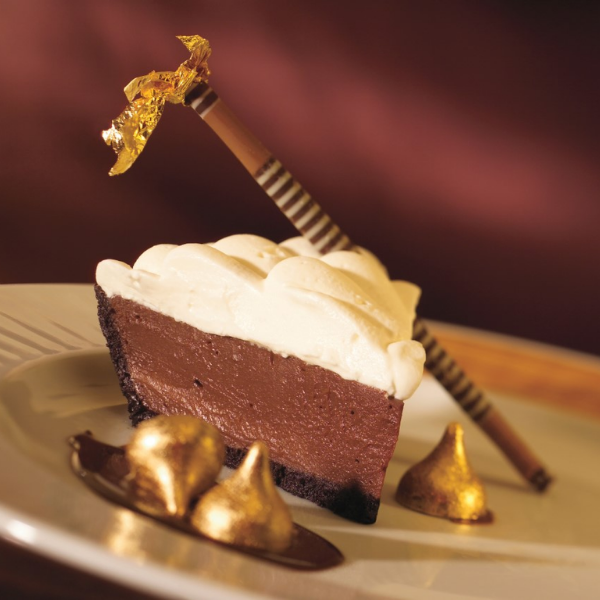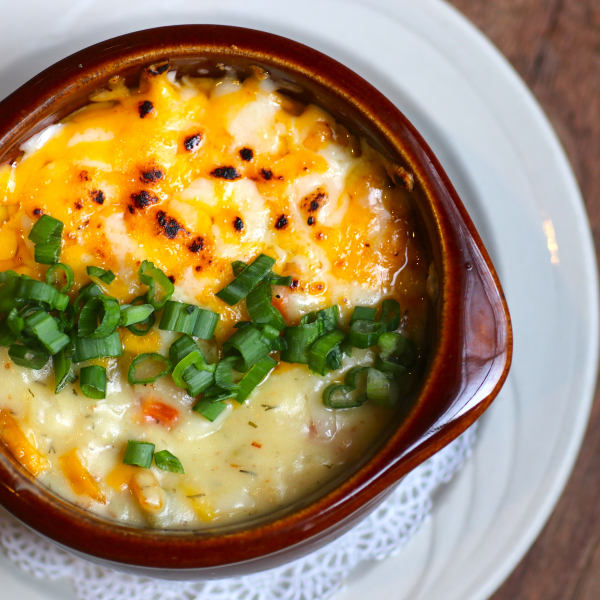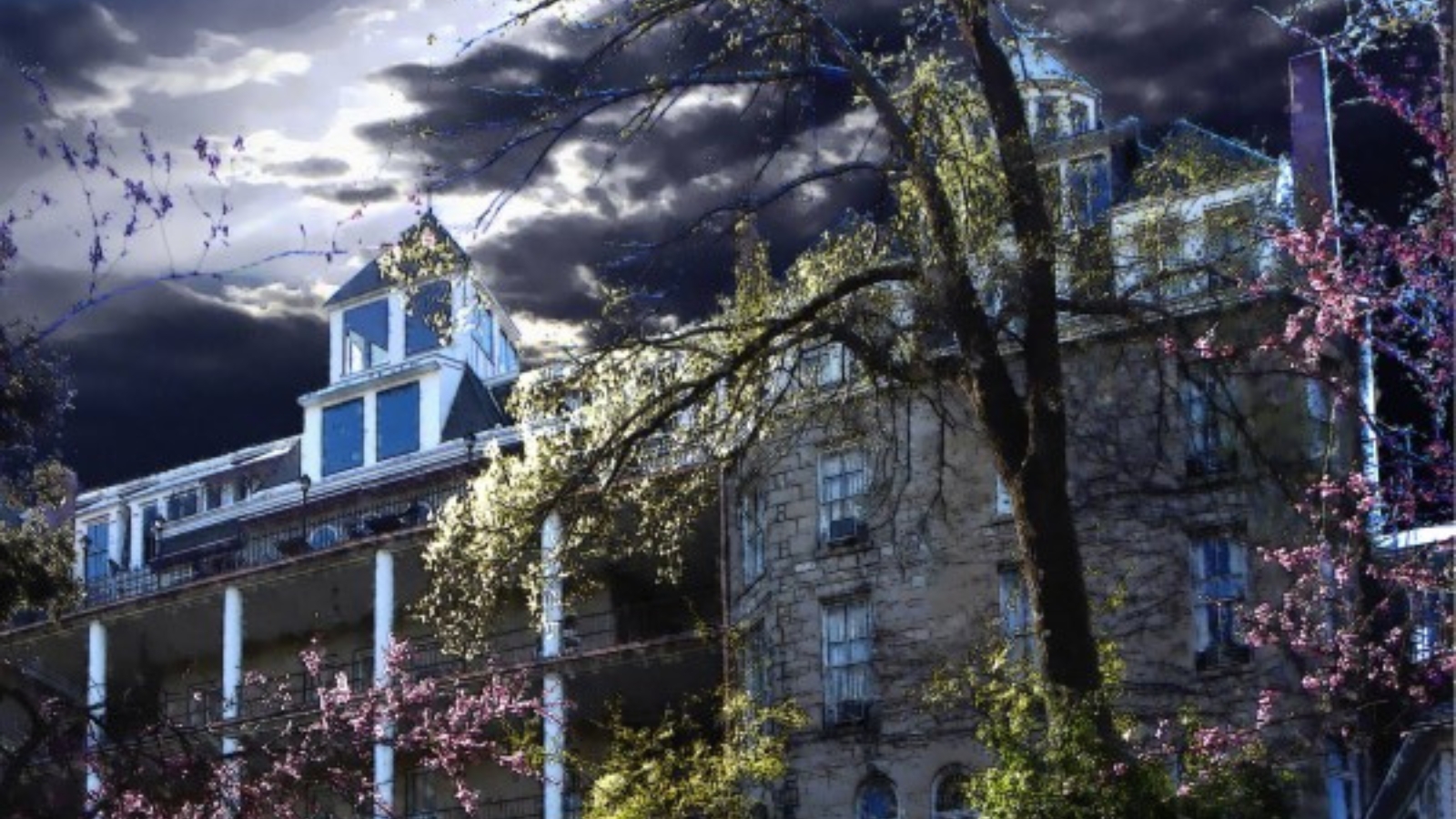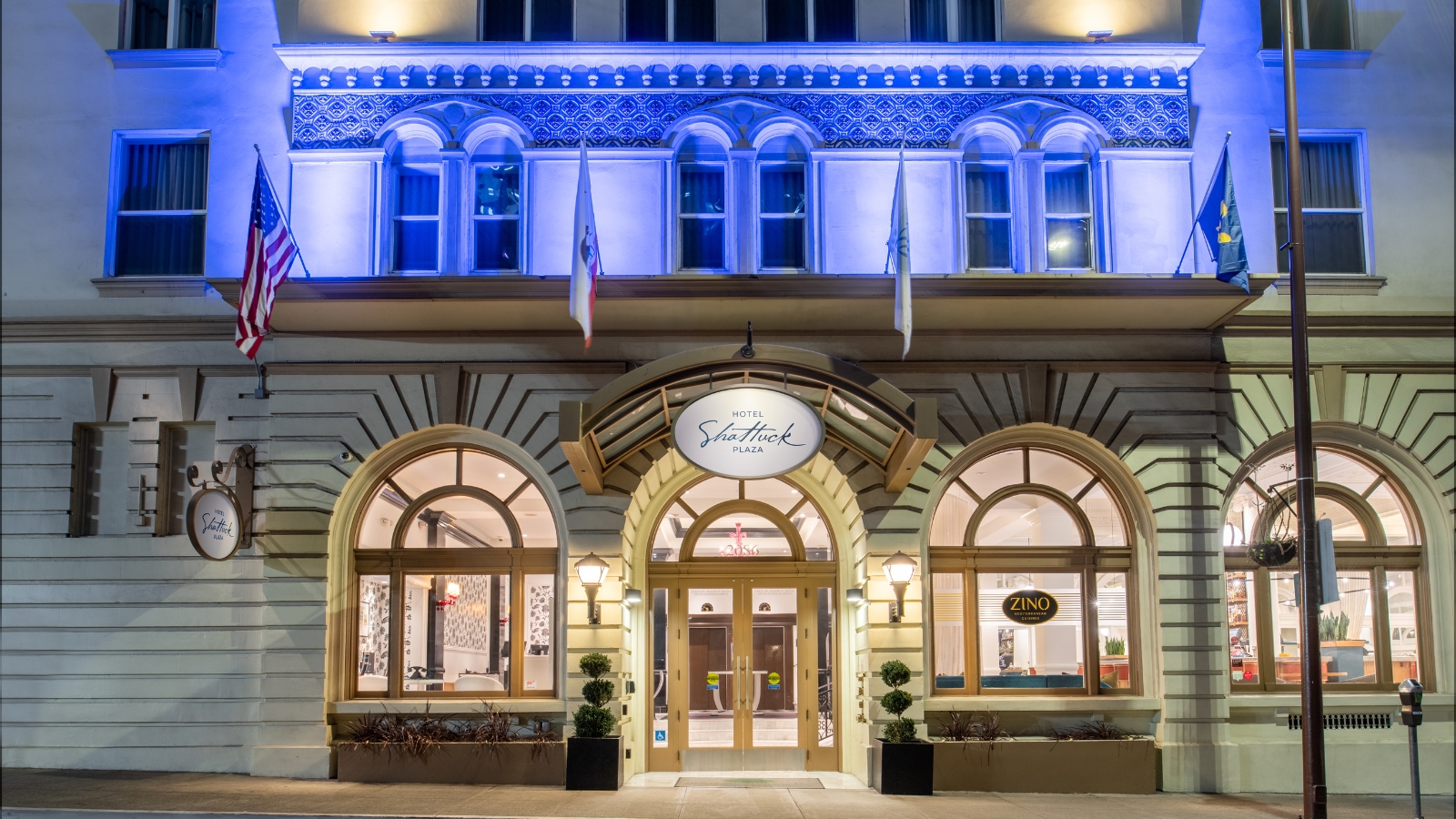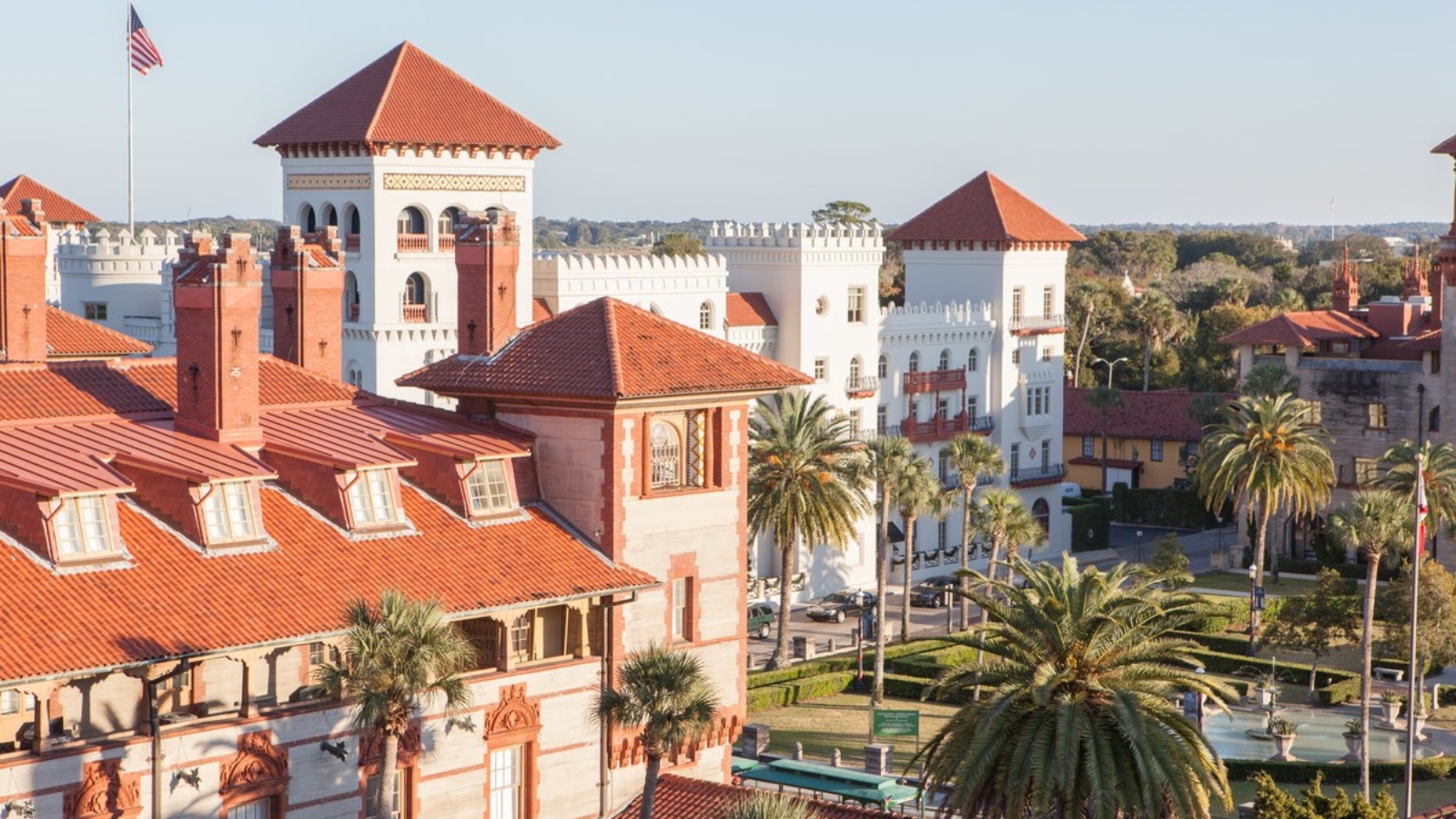Receive for Free - Discover & Explore eNewsletter monthly with advance notice of special offers, packages, and insider savings from 10% - 30% off Best Available Rates at selected hotels.
Top 25 Historic Hotels of America Most Unique Culinary Heritage and Culinary Traditions
Historic Hotels of America has many iconic and legendary hotels that have made important contributions to the culinary heritage and traditions of the United States. The Omni Parker House which opened in 1855 is famous for the creation of both the soft, warm Parker House Rolls and of the original Boston Cream Pie, which was named the official state dessert of Massachusetts in 1996. Tomato juice was the invention of a chef at French Lick Spring Hotel, concocted when the kitchen ran out of oranges for juice one morning at breakfast. The Green Goddess Dressing was created at the Palace Hotel in 1923. Several hotels honored in the 2022 Top 25 Historic Hotels of America Most Unique Culinary Heritage and Culinary Traditions List provide recipes so you can mix a cocktail or prepare a pie like the one you would enjoy as their guest.
Culinary heritage includes a food or beverage that was created, invented, or first served at a historic hotel and is still served today. Culinary tradition includes a food or beverage that was perfected by the hotel’s chefs or has been served to guests for at least 25 years regardless of its origins.
From original recipes that were created at a historic hotel and have become widely loved and enjoyed everywhere, to specialty drinks and cocktails that are deeply a part of the hotel’s history, the 2022 Top 25 Historic Hotels of America Most Unique Culinary Heritage and Culinary Traditions List offers something sweet, savory, or refreshing for any person in 2022.
|
John Rutledge House Inn (1763) She-Crab Soup appears on many restaurant menus in Charleston, South Carolina, but the very first bowl was whipped up at its historic Rutledge House. In the 1920s, Charleston’s mayor Robert Goodwyn Rhett resided at what is now the historic John Rutledge House Inn, inducted into Historic Hotels of America in 1989 and winner of a Historic Hotels Awards of Excellence honor in 2021. The mayor was expecting a visit from U.S. President William Taft during his tour of Charleston. Wanting to do something special for the President, Mayor Rhett asked his butler to “dress up” their typical crab soup. His presidential variation featured orange crab eggs, giving the soup a bright color and great taste. Thus, She-Crab Soup was born and began a legacy and practically a rite of passage for all Charleston foodies. She-Crabs (roe-carrying female crabs) are known to be a real delicacy because they have much more flavor than their male counterpart, He-Crabs. The orange-hued eggs of she-crabs give the soup extra flavor and color. She-Crabs are difficult to find in many parts of the country, so white crab meat can be substituted. Hard-boiled egg yolk may be crumbled in the soup to imitate crab egg. |
|
The Omni Homestead Resort (1766) Fresh, local trout has been a popular menu item at The Omni Homestead Resort for more than a century. Allegheny Mountain Trout has been a guest favorite at this hotel for generations and is still served today in the hotel’s dining room. The Omni Homestead Resort was inducted into Historic Hotels of America in 1989, and it was a winner at the Historic Hotels Annual Awards of Excellence in 2016 and 2017. Its trout entrée has been updated over the years, and the Homestead currently features Sautéed Allegheny Mountain Trout Almondine. It is served with marble potatoes, haricots verts, macerated grapes, and brown butter sauce. The trout is sourced from the Virginia Trout Company, located less than an hour away from the resort, just outside of Monterey, Virginia in Highland County. The partnership between The Homestead and the Virginia Trout Company is one of the longest running between the resort and local food purveyors. The recipe was featured in Former Executive Chef Albert Schnarwyler’s 1989 book, Dining at The Homestead. |
|
The Red Lion Inn (1773) Apple pie à la mode is a long-standing tradition and a favorite dessert for the generations of guests and family who have dined at The Red Lion Inn, which was inducted into Historic Hotels of America in 1989. The Inn’s current owner, Nancy Fitzpatrick, can recall from family history that the recipe was passed down from her grandmother, Mary Pratt. “When we first opened, Nana May (as we called her), went out to the kitchen and showed the chef how she made her pie. She was a wonderful cook. There was always dessert at her house. It was the pie my mother made when I was growing up.” Nancy’s mother and father, Jane and John Fitzpatrick, opened the Inn in 1969 and the recipe has not changed since. The Red Lion Inn’s apple pie with vanilla ice cream is enjoyed by guests year-round in the main dining room and at the Widow Bingham’s Tavern. It is served at lunch and dinner and is part of the Inn’s special holiday menus. The Red Lion Inn Pie Crust
Directions: Blend the butter and shortening together with a wooden spoon in a small bowl. Sift the flour and salt together into a large bowl. Cut in the butter and shortening, using a pastry blender or two knives, until the mixture resembles cornmeal. Add the cold milk, and blend until absorbed. Divide the dough in half and roll each half into a ball. Wrap them in plastic wrap and refrigerate until chilled, about 30 minutes. (Or, if using a food processor, place the butter, shortening, flour, and salt in the bowl; fit with a steel blade. Process until the mixture reaches the consistency of cornmeal. With the processor on, add the milk slowly through the funnel until the dough forms a ball.) When ready to bake the pie, roll each half of the chilled pie dough out on a floured board until it is slightly larger than the pie plate. Fit one half into the pie plate, place a filling inside, add the top crust, and flute the edges together. |
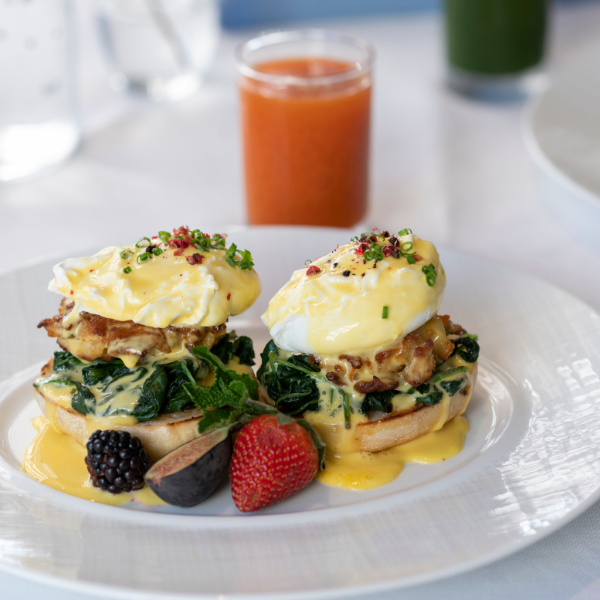 |
Inn at Perry Cabin (1816) Crab cakes can be found in many states, but Maryland’s version is famous for a reason. An essential part of the Chesapeake Bay’s heritage, the Blue Crab is a regional delicacy and is sought after by Maryland natives and visitors alike. The waterways surrounding the Inn have produced a bounty of crabs and fueled a thriving seafood industry long before the building was constructed in 1816. Crab cakes have been a staple menu item throughout the state since the 1930s and the Inn at Perry Cabin, which was inducted into Historic Hotels of America in 2018, has served their own version since the hotel’s doors opened. With a belief in remaining “Loyal to Local,” crabs are harvested daily by Eastern Shore watermen and delivered fresh to the Inn’s kitchen for a variety of preparations. Offered during every dining period, crab cakes made from Blue Crab can be enjoyed for breakfast (Maryland Crab Cake Benedict), lunch (Crab Cake BLT) and dinner (Maryland Jumbo Lump Crab Cakes). The crab cakes at Inn at Perry Cabin provide a true taste of the Chesapeake Bay and a bite into Maryland’s culinary history. |
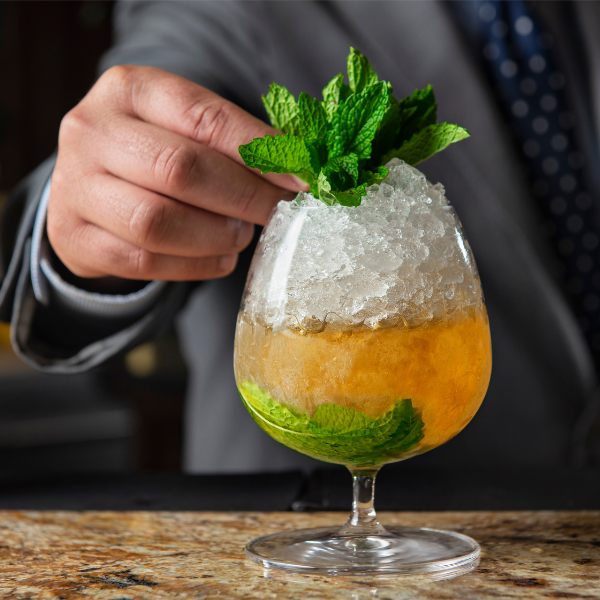 |
The Willard InterContinental, Washington DC (1818) The Southern-style Mint Julep is the signature drink served at the Round Robin Bar of The Willard InterContinental, Washington DC, and dates to 1830, when Kentucky Senator Henry Clay tried to order a Mint Julep at the original bar. The hotel bartender was not familiar with this cocktail, so Senator Clay asked if he could go behind the bar to show him how to make a Mint Julep. Traditionally, Mint Juleps were made with rum, rye, or brandy. Henry Clay’s version featured sour mash corn whiskey, distilled in Bourbon County, Kentucky. Before he left The Willard, Senator Clay wrote the original ingredients on a napkin for the bartenders to keep. Since 1830, the Round Robin Bar's signature cocktail has been the Mint Julep. Senator Clay’s recipe is followed to this day, as the Willard seeks to preserve this piece of history. The Willard InterContinental, Washington DC was inducted into Historic Hotels of America in 2010. Today, the hotel’s Round Robin Bar serves the Henry Clay Mint Julep as its signature drink and sells more than 20,000 juleps throughout the year. As bartender Jim Hewes – named Historic Hotels Awards of Excellence Hotel Historian of the Year in 2017 – says, "the Mint Julep is a light libation of extraordinary character." |
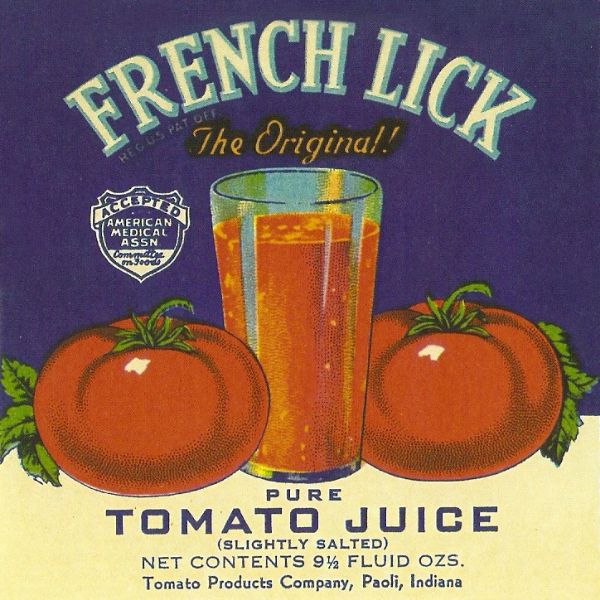 |
French Lick Springs Hotel (1845) It was an early summer day in 1917 at the French Lick Springs Hotel when Chef Louis Perrin entered his kitchen ready to prepare the morning meal for a crowd of guests at The Springs Restaurant. Things were progressing well until the Chef realized that they had run out of oranges and could not make orange juice. Ever resourceful, Chef Perrin simply grabbed a handful of tomatoes and began creating a new beverage – tomato juice. Using ripe tomatoes, a touch of sugar and his secret sauce, the Chef created a new breakfast drink that was an enormous success. News of the drink spread quickly throughout the country and people arrived at the hotel just to try the interesting concoction. Soon there were too many orders for tomato juice and The Springs kitchen could not keep up with the demand. A tomato juice company was formed in French Lick and given the secret recipe to make the juice in massive quantities for the hotel. But once folks had a taste for it, the demand for tomato juice increased, and by 1928, canned tomato juice was available on the commercial market everywhere. |
 |
Omni Parker House (1855) It will come as no surprise that the longest continuously operating hotel in the United States boasts some of the most historic and prestigious culinary traditions. The Omni Parker House opened in Boston, Massachusetts, in 1855, and was inducted into Historic Hotels of America in 2006. Its Boston Cream Pie, the custard-filled cake with chocolate frosting, was originally called the “Parker House Chocolate Cream Pie.” The pie (technically a cake) was created and served at Parker’s Restaurant from the opening of the hotel in October 1856. The original Parker House recipe was so popular that in 1958 it became a Betty Crocker® boxed mix. In 1996, thanks in part to a Norton High School civics class that sponsored the bill, Boston Cream Pie was proclaimed the official Massachusetts State Dessert. Today, you can order various interpretations of “Boston Cream Pie” in restaurants and cafés around the world. Those who want to taste the original can either dine in at the Omni Parker House or order it online. Along with the famous dessert, the hotel kitchen also produced the original soft, buttery, Parker House Rolls. Dubbed “America’s first soft dinner roll,” the recipe was closely guarded and top-secret until 1933, when U.S. President Franklin Roosevelt requested the rolls be served at a White House dinner. According to legend, Franklin and Eleanor Roosevelt asked that the recipe be forwarded to them at the White House. The Omni Parker House obliged. |
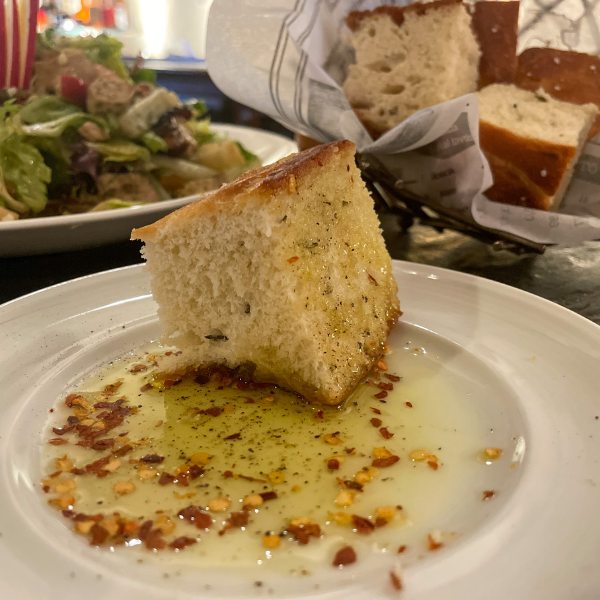 |
The Inn at Leola Village, Est. 1867 (1867) The Inn at Leola Village blends local Amish heritage with a rustic Italian influence to create farm fresh breads, specialty pastas, and enticing entrees. The luxury countryside complex was once a working Amish farm, then later adapted into an inn during the early 2000s and inducted as a member of Historic Hotels of America in 2001. Food is part of the Inn’s heritage. Many herbs and vegetables are grown at the Inn, including the rosemary used in its mouthwatering focaccia bread. The Inn at Leola Village’s recipe for focaccia bread dates to the mid-1800s and was passed onto the business from the Amish family who farmed the land. Origin unknown, the base recipe was passed on from Ada Fisher, a local Amish woman who once lived on the land where the Inn is located. Her legacy is honored at the Inn to this day. The chefs at Leola Village put some rustic Italian flare into the bread to create their own signature recipe when the Inn opened. Enjoy the historical bread in the Inn’s Osteria Avanti, a casual restaurant, or at private events in The Spa. Interested patrons may even sample the bread as a member of the Chef's Table Culinary Experience. Guests can also purchase full and half loaves to take home. |
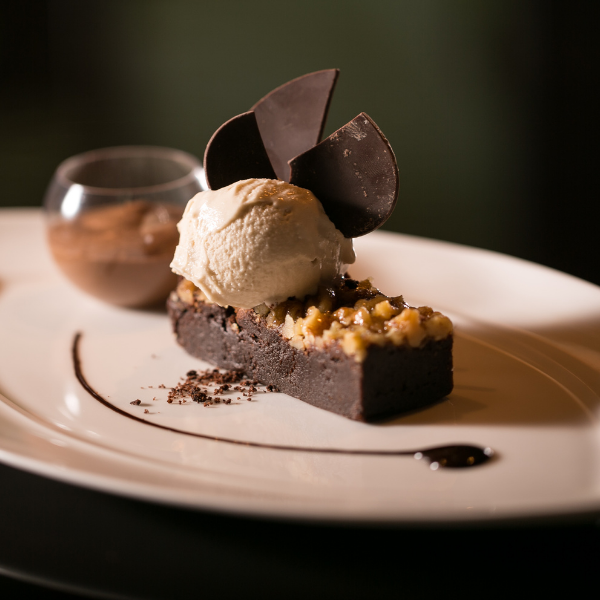 |
Palmer House®, a Hilton Hotel (1871) Bertha Honoré Palmer, wife of the Chicago merchant and real estate developer who built the Palmer House hotel, directed the Palmer House chef to create a unique confection to be served at the Columbian Exposition World’s Fair in 1893. The hotel chef invented the chocolate brownie: a dense chocolate square – somewhere between fudge and cake – topped with sugary walnuts and glazed. The Palmer House chocolate brownie recipe has existed for more than a century and is the same one used for the brownies served in the Palmer House Hilton today. It remains one of the hotel’s most popular desserts. The first reference to the “brownie” in America appeared in the Sears Roebuck Catalog published in Chicago in 1898. The hotel was inducted into Historic Hotels of America in 2007 and has since won Historic Hotels of America Awards of Excellence in 2021, 2018, 2016, 2015, and 2014. A leader in hospitality to this day, the hotel still crafts their brownies according to its original recipe. Guests can enjoy this tasty treat at any of the hotel's many dining outlets or take them to-go. |
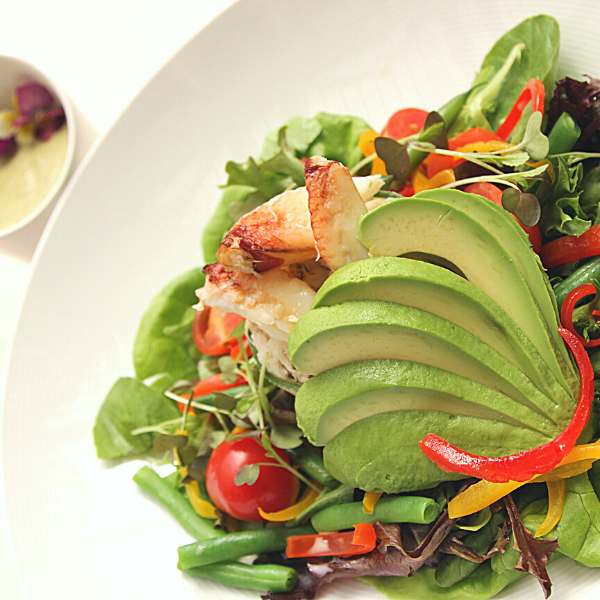 |
Palace Hotel (1875) The Green Goddess Dressing was created at the Palace Hotel in 1923 by Executive Chef Phillip Roemer. Chef Roemer created the dressing for a banquet held at the Palace, which was San Francisco’s first luxury hotel and the largest in the world when it opened in 1875. The Palace Hotel was inducted into Historic Hotels of America in 2010 and was honored at the Historic Hotels Awards of Excellence in 2016. The 1923 banquet was held to honor actor George Arliss, who was the lead in William Archer’s hit play, “The Green Goddess.” After the banquet, the Green Goddess Salad became a permanent menu item at the historic Palace Hotel. In the early years, when there was limited access to fresh produce, the dressing was served with shredded iceberg lettuce, canned vegetables and a choice of chicken, shrimp, or crab. Over the years the salad has evolved. Today, the salad is referred to as The Garden Court signature crab salad and features farm sourced mixed baby greens, fresh locally grown California vegetables and a generous portion of Dungeness crab meat. The salad is offered with the famous Green Goddess Dressing. Guests can experience a lightened version of the Green Goddess Dressing at the hotel’s fine restaurant, The Garden Court. |
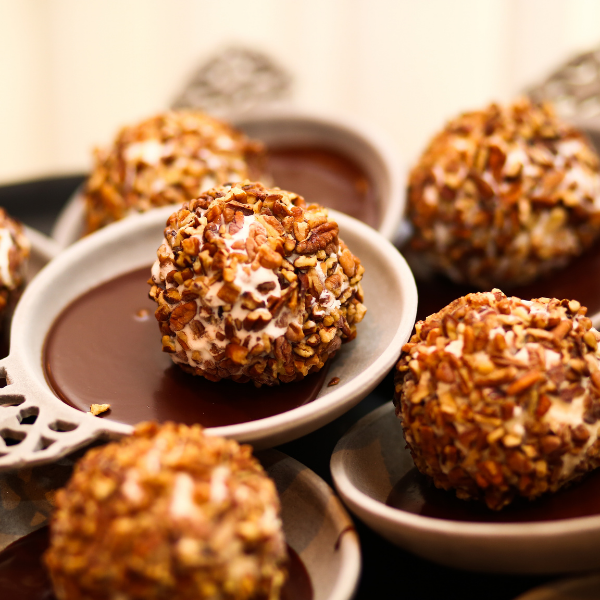 |
Grand Hotel (1887) The 2022 season marks the 75th anniversary of the Grand Hotel's signature dessert, the Pecan Ball. The Grand Pecan Ball has been served at the Mackinac Island resort since 1947. This classic Great Lakes resort was founded in 1887 and was inducted into Historic Hotels of America in 2001, recognized for its distinction as a winner of Historic Hotels Awards of Excellence in 2017, 2018, 2019, and 2021. The recipe was adapted from the L.S. Aryes department store that opened in Indianapolis in 1872. There was a tea room in the store and the pecan ball was a memorable dessert. The owners of the Grand Hotel enjoyed it so much that, in 1947, they hired someone to recreate it to be served at the hotel. It very quickly became the resort’s most popular dessert, and it is still loved by guests today. The hotel prepares over 60,000 Grand Pecan Balls every year. It is available on the menus of all Grand Hotel restaurants. |
|
St. Louis Union Station Hotel, Curio Collection by Hilton (1894) St. Louis Union Station, Curio Collection by Hilton, was once the largest single-level train station in the world and is today a popular family destination. Home to the St. Louis Aquarium, the 200-foot-tall St. Louis Wheel, and dining establishments (including the historic Station Grille), the hotel is designated a National Historic Landmark by the Secretary of the Department of the Interior in 1970 and it was inducted into Historic Hotels of America in 2014. When the building opened in 1894, it was a symbol of the midwestern city's wealth and its role as a commercial hub. Soon after it opened, the legendary hospitality pioneer Fred Harvey opened a Harvey House dining room at Union Station. Fred Harvey’s chain of restaurants started in Topeka, Kansas, in 1876 and they revolutionized railroad dining. At Harvey restaurants, travelers ordered while still on board the train, and then the orders were wired to the restaurant manager, so that travelers could arrive, be seated and served a delicious meal, and then be on their way in as little time and without as much hassle as possible. Fred Harvey’s restaurant in St. Louis is now the St. Louis Union Station Hotel’s Station Grille, a gastropub serving some of the finest food in the city. Twenty-first century visitors can dine in the same elegant room that travelers did in the station’s railway heydays. Dining with Fred Harvey was an elegant experience with linens imported from Ireland, silver from England, and China from France. Harvey's waitresses, the famous “Harvey Girls,” were carefully recruited. Famed humorist Will Rogers remarked that Fred Harvey kept the west supplied with “food and wives.” |
|





















